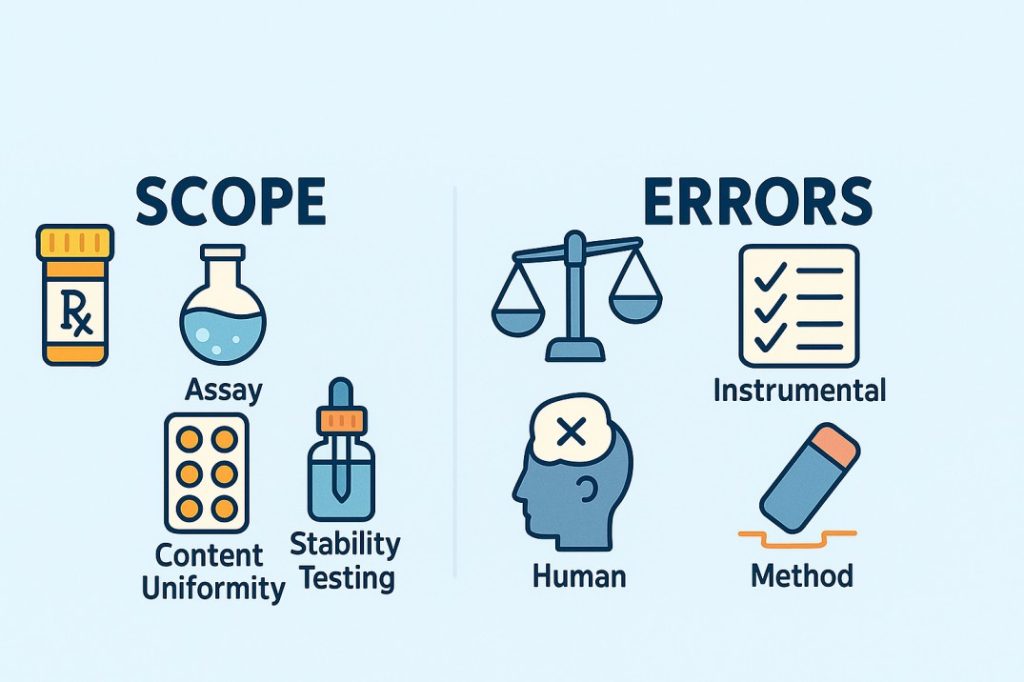Therapeutic Agents Topics U-4
Expectorants in Therapeutic Agents
Emetics in Therapeutic Agents
- Introduction to Emetics
- Copper Sulfate (CuSO₄)
- Sodium Potassium Tartrate (Rochelle Salt, NaKC₄H₄O₆·4H₂O)
Haematinics in Therapeutic Agents
- Introduction to Haematinics
- Ferrous Sulfate (FeSO₄)
- Ferrous Gluconate (C₁₂H₂₂FeO₁₄)
Poison and Antidot in Therapeutic Agents
Astringents in Therapeutic Agents
Other Units of Pharmaceutical Inorganic Chemistry
Other Subjects of B Pharmcy Semester 1

Download B Pharmacy Pdf Notes on Our APP
Therapeutic Agents – Pharmaceutical Inorganic Chemistry Notes (BPharma 1st Semester)
In Pharmaceutical Inorganic Chemistry, understanding therapeutic agents is essential for every BPharma 1st semester student. At FirstHope, we provide comprehensive and simplified notes covering key classifications such as Expectorants, Emetics, Haematinics, Poisons and Antidotes, and Astringents. These agents are crucial for both academic exams and competitive exams like GPAT and NIPER.
1. Expectorants
To begin with, expectorants are substances that help in the removal of mucus from the respiratory tract. They are commonly used in the treatment of cough and bronchitis. Examples include Ammonium chloride and Potassium iodide, which work by thinning the mucus and promoting its expulsion. Moreover, they are often formulated in syrups and lozenges for better patient compliance.
2. Emetics
On the other hand, emetics are agents used to induce vomiting. They are particularly useful in cases of poisoning where immediate expulsion of toxic material is necessary. Copper sulfate and zinc sulfate are examples of inorganic emetics. However, they must be used with caution due to their potential toxicity.
3. Haematinics
Furthermore, haematinics are substances that increase the hemoglobin content in the blood. These are especially prescribed for anemia and other iron-deficiency disorders. Inorganic haematinics include Ferrous sulfate, Ferrous gluconate, and Ferrous fumarate. In addition, they are available in various dosage forms like tablets and syrups.
4. Poisons and Antidotes
Additionally, the study of poisons and their antidotes is vital. Poisons can be either inorganic (like arsenic, lead, mercury) or organic. Antidotes such as activated charcoal, EDTA, and British Anti-Lewisite (BAL) are used to neutralize or eliminate these toxins. Therefore, pharmacy students must understand both the mechanism of toxicity and counteractive treatments.
5. Astringents
Lastly, astringents are agents that cause the contraction of tissues, which helps in reducing secretions and drying out moisture. Common astringents include Zinc sulfate, Aluminum sulfate, and Potassium alum. These are frequently used in wound care, mouthwashes, and topical formulations. a solid foundation for subjects like Medicinal Chemistry and Pharmaceutical Analysis in later semesters.
Furthermore, our notes are aligned with PCI syllabus guidelines, ensuring consistency across AKTU and other pharmacy universities. Not only are they helpful for semester exams, but they are also designed to support GPAT and NIPER preparation.
To sum up, if you’re searching for easy-to-understand, high-quality BPharma notes, FirstHope is your ideal academic companion.
Thank you for reading from Firsthope's notes, don't forget to check YouTube videos!


